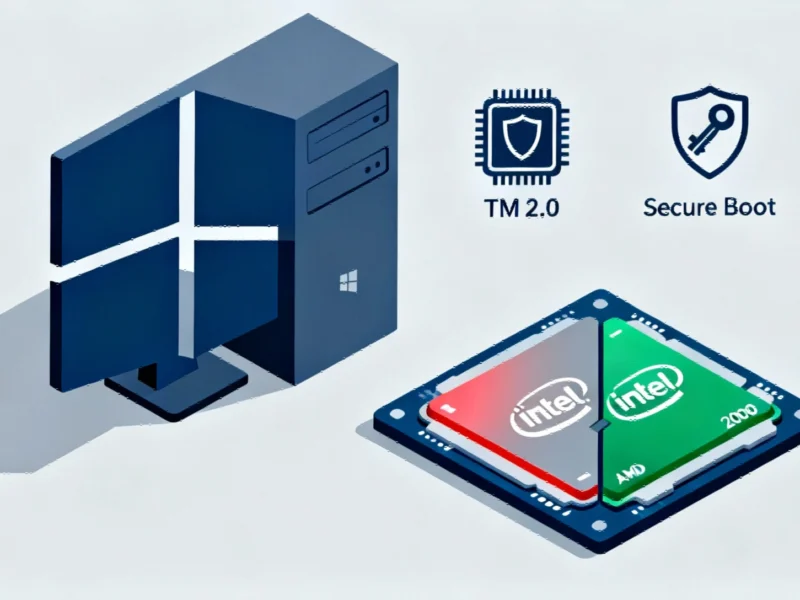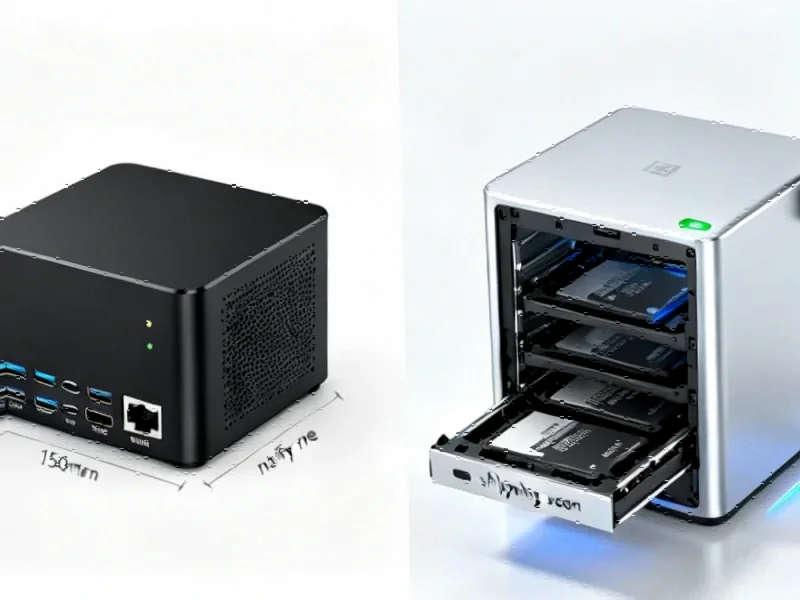Windows Recovery Environment Failure Impacts Millions
Microsoft’s latest Windows 11 update has triggered significant concerns across the technology sector by disabling critical recovery functionality. The KB5066835 build, released on October 14, 2025, has rendered the Windows Recovery Environment (WinRE) inaccessible for users attempting to navigate it with USB peripherals, creating a serious obstacle for system troubleshooting and recovery operations.
The timing couldn’t be more problematic, coinciding with Windows 10’s official End-of-Life date when millions of users were expected to transition to the newer operating system. This development represents another challenge in Microsoft’s ongoing efforts to maintain system reliability while pushing forward with industry developments in operating system technology.
Understanding the Scope of the WinRE Breakdown
The Windows Recovery Environment serves as a crucial safety net for PC users, providing access to system repair tools, factory reset options, firmware settings, and recovery terminals. When a computer fails to boot properly, WinRE is typically the last line of defense before complete system failure. Microsoft has confirmed the bug affects both Windows 11 versions 25H2 and 24H2, as well as Windows Server 2025.
According to Microsoft’s release health notes, users attempting to access WinRE with USB mice and keyboards will find these peripherals completely unresponsive. The company acknowledges the severity of the issue but has yet to provide an official fix. Interestingly, wireless accessories and older PS/2 connections appear to function normally, suggesting the problem is specifically tied to USB controller drivers within the recovery environment.
Compounding Issues: Additional System Vulnerabilities
This recovery environment failure isn’t the only problem plaguing the recent update. Microsoft has also documented issues with IIS websites failing to load properly, affecting web developers and testers who rely on localhost functionality for their work. Localhost, which allows a PC to function as both server and receiver without external internet connection, represents a critical component for many development workflows.
More troubling for the average user was the simultaneous failure of Windows 11’s upgrade tools just hours before Windows 10’s support expiration. The Windows Media Creation Tool, essential for creating bootable installation media, experienced critical failures during a period of peak demand. These consecutive system failures highlight the challenges in maintaining recent technology deployments at scale.
Workarounds and Temporary Solutions
While Microsoft works on permanent fixes, users have discovered several temporary solutions:
- Alternative peripherals: Switching to wireless or PS/2 keyboards and mice can restore WinRE accessibility
- ISO installation: For upgrade issues, Microsoft recommends downloading the Windows 11 Disk Image (ISO) directly for x64 devices
- System restoration: Creating system restore points before applying updates remains a best practice
The situation underscores the importance of comprehensive testing for critical system components, especially during major transition periods. As companies like Anthropic develop new coding platforms, the need for reliable recovery systems becomes increasingly apparent.
Broader Implications for Enterprise and Industrial Systems
For industrial computing environments where system reliability is paramount, such failures can have significant operational consequences. The inability to access recovery tools could potentially disrupt manufacturing processes, data center operations, and critical infrastructure systems that depend on Windows-based solutions.
This incident occurs amid broader transformations in development platforms and increasing regulatory scrutiny of technology systems. Recent federal investigations into user data practices highlight the growing attention being paid to software reliability and security.
The industrial sector has been actively monitoring browser-based development platforms as potential alternatives for certain applications, though Windows remains deeply embedded in many operational technology environments. Meanwhile, ongoing regulatory examinations continue to shape the technology landscape.
Looking Forward: Microsoft’s Response and Industry Impact
Microsoft faces mounting pressure to resolve these issues quickly, particularly given the coincidence with Windows 10’s retirement. The company’s handling of this situation will likely influence enterprise confidence in Windows 11 adoption timelines and could affect broader market trends in operating system deployment.
As detailed in our priority coverage of Windows 11 recovery features, the stakes are particularly high for industrial users who cannot afford extended system downtime. The incident also raises questions about update validation processes at a time when companies are navigating complex transitions, including energy infrastructure modernization that increasingly relies on stable computing platforms.
Technology professionals are advised to monitor Microsoft’s official communications for patch announcements while implementing the available workarounds. The situation serves as a reminder that even established related innovations in operating systems require robust contingency planning and thorough testing before deployment in production environments.
This article aggregates information from publicly available sources. All trademarks and copyrights belong to their respective owners.
Note: Featured image is for illustrative purposes only and does not represent any specific product, service, or entity mentioned in this article.



